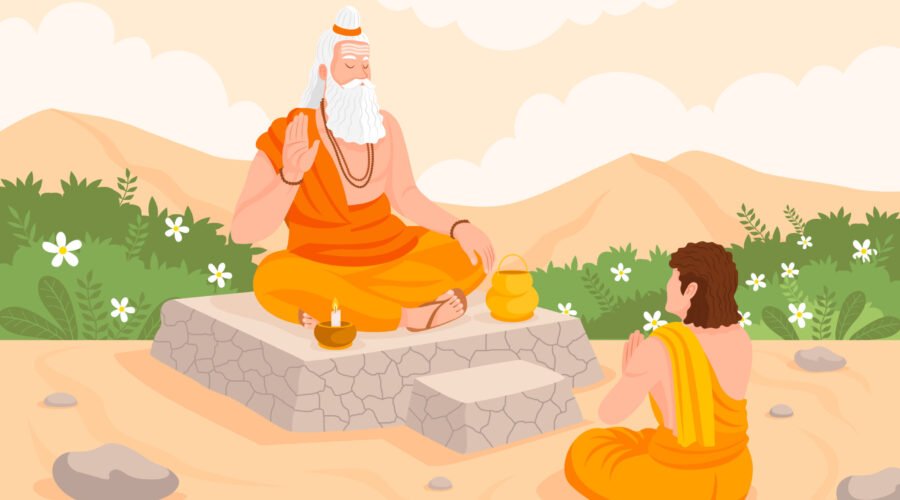What is Hindu Mundan Ceremony?
One of the oldest written manuals for humanity, the grihya (domestic) sutras (manuals) are Vedic manuals written over time by various sages and deal with how men and women perform domestic rituals. These ceremonial ceremonies, known as Samakaras, include conception, birth, Mundan, initiation, marriage, death, and so on. The four Vedas are a collection of books of knowledge known as the Samhitas, Aranyakas, Brahmanas, and Upanishads. The Rigveda is the oldest of these and is divided into four sections called Samhitas, Samaveda, Atharvaveda, and Yajurveda. Each branch of the Vedas has its own set of Grihya Sutras, which are prevalent in different parts of India and account for the regional variations in Hindu services that we witness today.
It is stated that the Samskar aids in obtaining mental clarity, spiritual sustenance, and eventually moksha. Samskar imbues significant life events with a spiritual dimension. Hindu life: from conception to death and beyond. Samskaras are life’s pivotal moments and should be commemorated. Festivities are an essential component of Samskaras. They involve our esteemed elders, family members, and friends, either directly or indirectly. Everyone gathers to exchange well wishes and felicitations. In our ancient traditional culture, samskaras are excellent, tried-and-true techniques that aid in developing a great personality.
The eighth ceremony in our list of sixteen events is the mundan, or first hair cutting. It comes after the first grain ceremony and is carried out by various families at varying ages. Some begin before their first birthday, while others begin after their third. In the home or in a temple, family, friends, and a Hindu priest gather, as in all samskaras. A holy fire (Havan/Homa) is started, Vedic Hindu mantras are chanted, and the priest trims a few little hairs from the child’s head with the assistance of the child’s father or maternal uncle. Following this ceremonial hair cutting, the child’s hair is entirely shaven.The real significance of the samskara is that it is a sacrifice; parents show their appreciation for their child’s beauty by shaving their head in exchange for a long life and prosperity from God. There is a belief that the first hair from the moment of birth is impure, so shaving it off is purification.
The shorn head gets cleaned. After that, a paste made of sandalwood and turmeric can be applied. This concoction is said to soothe the head and hasten the healing of cuts and nicks. In certain families, the shaved hair is offered to a deity.
Make sure your child has had a meal or snack prior to the mundan and is well-rested. A grumpy, hungry, and angry baby can be challenging to manage. Try to distract your infant throughout the ceremony with a book or toy while his hair is being shaved.



